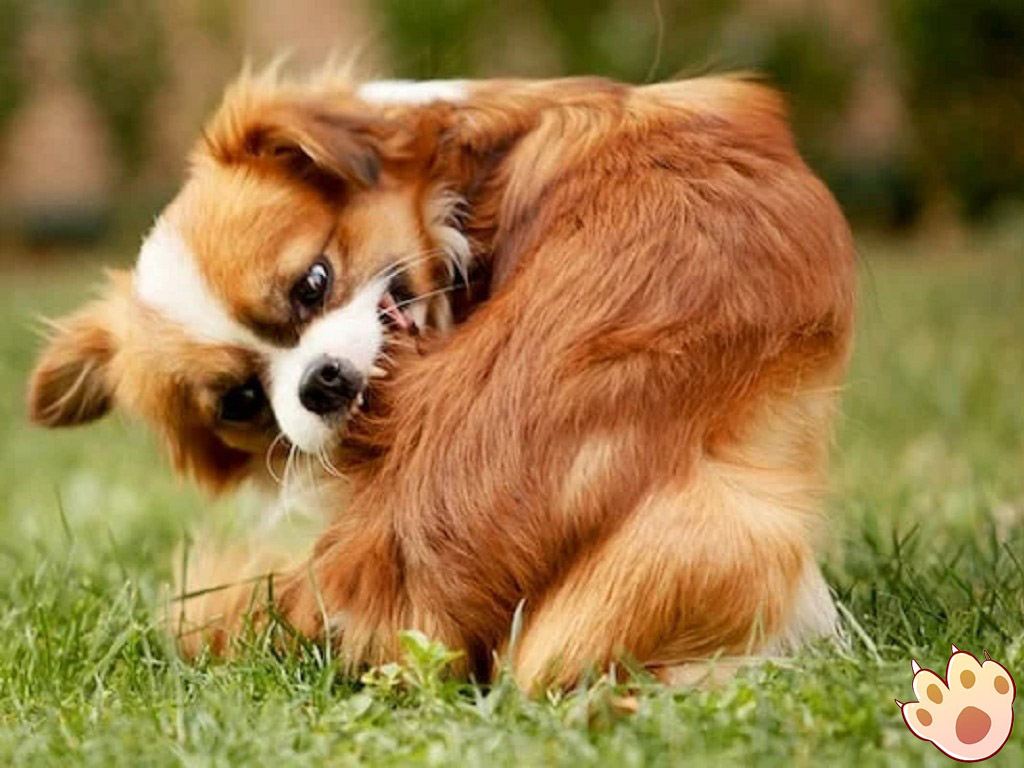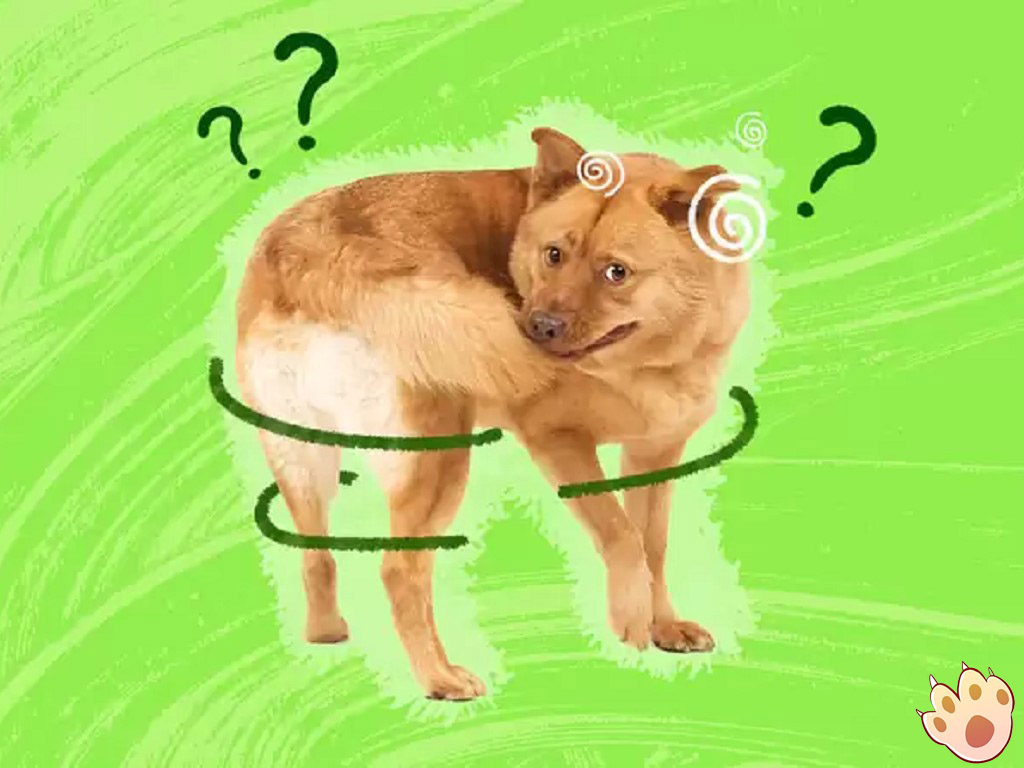
It’s not common to see dogs chasing their tails, you can even see them doing it over and over again in a circle.
Sometimes, dogs chasing their tails is just for fun. They are exploring their bodies and see what they can do. But sometimes, it’s may be an early sign of compulsive behavior.
Compulsive behavior in dogs refrers to the recurring behavior that occur too frequently, last too long, or appear in inappropriate situations. Compulsive behavior will worsen over time, so it usually requires medication or behavioral therapy.
When your dog’s occasional tail chasing turns into a continuous habit that causes injury or distress, it could indicate a compulsive disorder. You’d better to consult the vet about this situation.
This video is owned by the original creator on YouTube and is embedded in compliance with YouTube's Terms of Service. Our website provides independent commentary and analysis.
Why Do Dogs Chase Their Tails?
The following are some most common reasons that dogs chase their tails:
• Play and curiosity. They have a lot of fun and are quite mischievous. This situation is especially common in puppies, because they are exploring their bodies environment.
• Boredom. Dogs need a lot of exercise to keep good mental and physical situation. If they feel bored, their tails may become an easy source of entertainment.
• Medical problems. Sometimes, compulsive tail chasing may be a sign of underlying medical condition in dogs. In this situation, you should take them to visit the vet.
Usually, you can help your dog stop tail chasing through distracting their attention. For example, if you see the dog starting chasing tails, give them a simple command, such as “Sit” or “Stop”. But, if the the behavior is compulsive, it may be worsen over time, and dogs might even start biting their tails.

Why Do Dogs Chew Their Tails?
Sometimes, dogs chew their tials just out of boredom or fun. But sometimes, it may be a sign of more serious diseases. Here are some common reasons dogs chew their tails:
• Pain. Dogs usually chew painful parts of tails to relieve pain.
• Allergic reaction. Sometimes, dogs may chew their tails to relieve itching or discomfort caused by allergies.
• Fleas. Flea is a kind of little bugs that can parasite on dogs and cause discomfort. Chew tails may be a sign that the dog has fleas.
• Intestinal parasites. If the dog is infected with intestinal parasites, they may chew their tails to ease irritation.
• Anxiety. When dogs feel anxious, they may lick or chew their tails. This situation is especially common when there are new vistors or during thunderstorms.
• Tail or spine injury. Though it’s not obvious, but dogs chewing their tails may have injury on tails or spines.
In other cases, dogs chew their tails is a sign of compulsive behavior.

Understanding Compulsive Behavior in Dogs
Behaviors that seem normal at first can become compulsive behavior once it starts affecting the dog’s quality of life. For example, if your dog frequently chases and chews their tails, and almost without stopping, it’s time to take it seriously.
Just like human beings, dogs can develop uncontrollable compulsive habit. Anxious dogs may chase and chew their tails like people bite nails. As time went by, this habit may intensify and occur more frequently.
If your dog can’t stop chewing their tail despite gentle guidance, or if they injure themselve, you need to contact with your vet immediately.

How To Treat Compulsive Behavior in Dogs
If you doubt your dog has compulsive behavior is affecting their daily life, your vet can help you in the follwing ways:
• Physical examination. The vet will first perform a physical examination on your dog. The underlying diseases usually cause dog’s compulsive behavior.
• Behavioral evaluation. If your dog is healthy and no pain, the vet will examine thier mental health status and behavioral characteristics.
• Medication. The vet usually uses medications to treat compulsive behavior, these medications are helpful to reduce the dog’s anxiety and excitement. Although medication can help solve the underlying problem, medication alone cannot solve behavioral problems. Medication treatment must be combined with training that focuses on behavior modification.

Every dog is unique and may require a specific treatment or combined treatment based on their own situations. The best thing you can do for your dogs is to observe their behaviors, keep patient and consult the vet if required. Although compulsive behavior is difficult to deal with, it’s still controllable over time.
2018-2025 © PupsLover.All Rights Reserved.